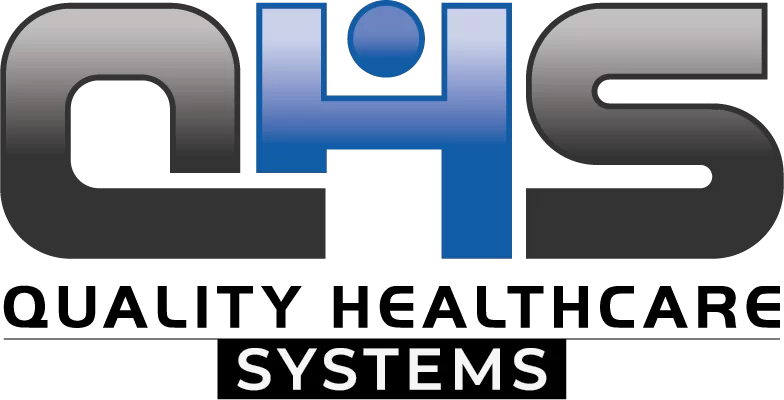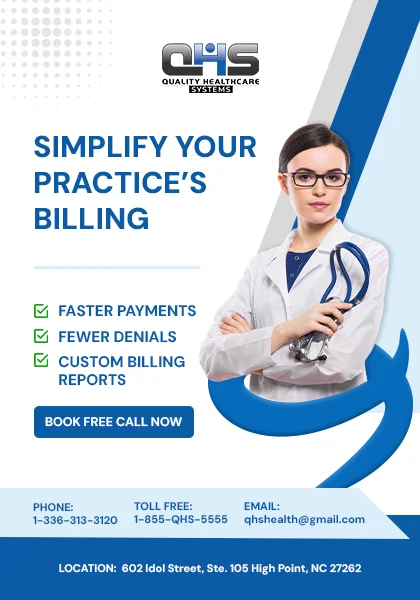Patient complaints are a natural part of running a healthcare practice. From billing issues to long wait times, how you handle these concerns can significantly impact patient trust and satisfaction. Effectively addressing complaints isn’t just about resolving the immediate issue—it’s an opportunity to strengthen relationships and improve processes. Here are seven proven strategies to handle and respond to patient complaints, complete with examples and actionable tips.
1. Understand the Nature of the Complaint
The first step in handling a complaint is to identify the root cause. Often, the initial issue presented is only part of the problem. Active listening and probing questions can uncover the full picture.
Example:
A patient complains about long wait times. Upon further discussion, it’s revealed that they were unaware of the delay because no updates were provided, highlighting a need for better communication.
Actionable Tip:
Encourage staff to ask open-ended questions like, “Can you explain what happened in more detail?” This helps uncover the full scope of the concern.
2. Respond Quickly and Professionally
Prompt responses demonstrate that you value the patient’s feedback and are committed to resolving their concerns. Delays in addressing complaints can escalate dissatisfaction and erode trust.
Example:
A patient emails about an incorrect bill. Responding within 24 hours with an acknowledgment and a clear timeline for resolution reassures them that their issue is being addressed.
Actionable Tip:
Establish standard response times for complaints, such as acknowledging them within 24 hours and resolving them within a set period, depending on complexity.
3. Show Empathy and Understanding
Empathy is crucial in healthcare, especially when addressing complaints. Acknowledging the patient’s feelings helps diffuse tension and demonstrates that you care about their experience.
Example:
A patient upset about a missed follow-up call is reassured when staff say, “I understand how frustrating this must have been. Let’s ensure this doesn’t happen again.”
Actionable Tip:
Train staff to use empathetic language like, “I can see why this situation would be upsetting for you,” to build rapport with patients.
4. Apologize When Necessary
A sincere apology, when appropriate, can go a long way in restoring trust. Taking responsibility shows that you are willing to learn from mistakes and improve.
Example:
A patient receives incorrect test results. A staff member says, “We’re truly sorry for the error. We’ve identified the issue and are taking steps to prevent it from happening again.”
Actionable Tip:
Focus on the resolution alongside the apology. Patients appreciate a clear explanation of how the issue will be addressed moving forward.
5. Offer Clear Solutions
Patients want to know their concerns are being taken seriously and that there is a plan to resolve them. Offering a clear resolution ensures transparency and builds confidence.
Example:
If a patient reports delays in receiving their medication, the staff expedites the order, explains the cause of the delay, and outlines steps to prevent future issues.
Actionable Tip:
Clearly outline the steps being taken to address the complaint and communicate these to the patient in simple terms.
6. Use Complaints as Opportunities to Improve
Patient complaints often highlight areas where your practice can improve. Treat them as valuable feedback and implement changes to avoid similar issues in the future.
Example:
Recurring complaints about difficulty scheduling appointments lead to the implementation of an online booking system, reducing confusion and improving accessibility.
Actionable Tip:
Maintain a log of complaints and review them regularly to identify patterns. Use this data to implement systemic changes that benefit all patients.
7. Follow Up After Resolution
Following up with patients after resolving their complaints shows that their feedback is valued. It also provides an opportunity to ensure they are satisfied with the resolution.
Example:
A practice calls a patient a week after resolving a billing issue to confirm their satisfaction and thank them for their patience.
Actionable Tip:
Make follow-ups part of your standard complaint resolution process. A simple call or email can leave a lasting positive impression.
Conclusion
Patient complaints are more than just problems to solve—they are opportunities to build trust, improve processes, and strengthen your practice. By following these seven strategies, you can turn complaints into valuable insights, enhancing both patient satisfaction and operational efficiency. Always remember, how you respond to complaints reflects your commitment to quality care and patient-centric values.






